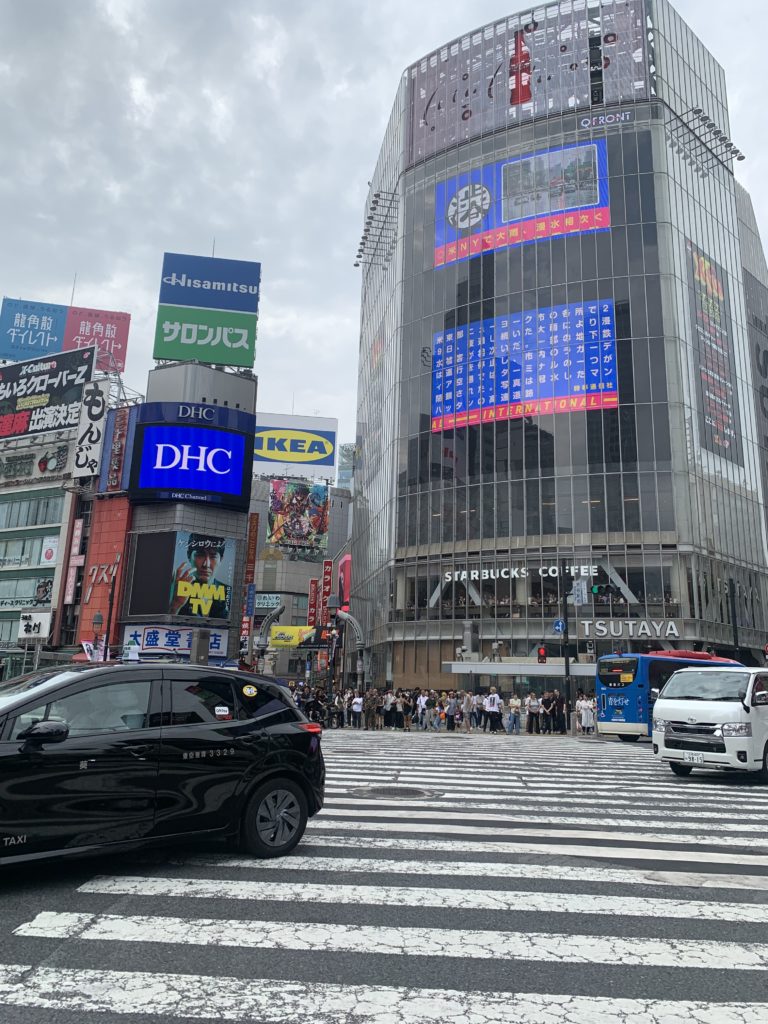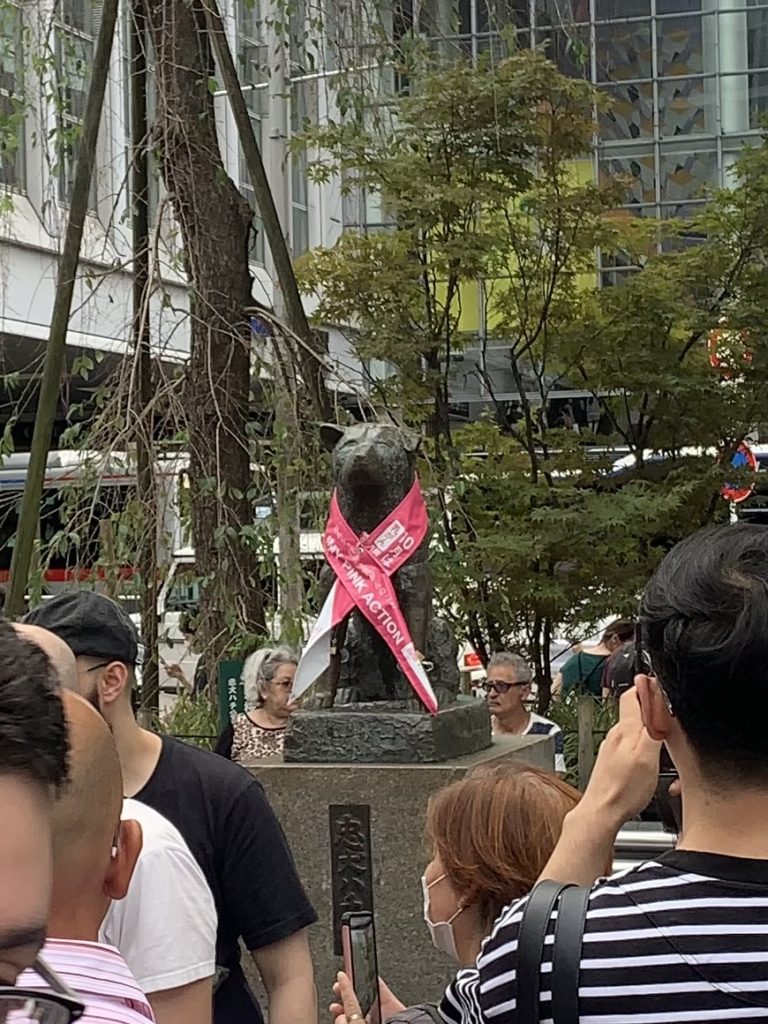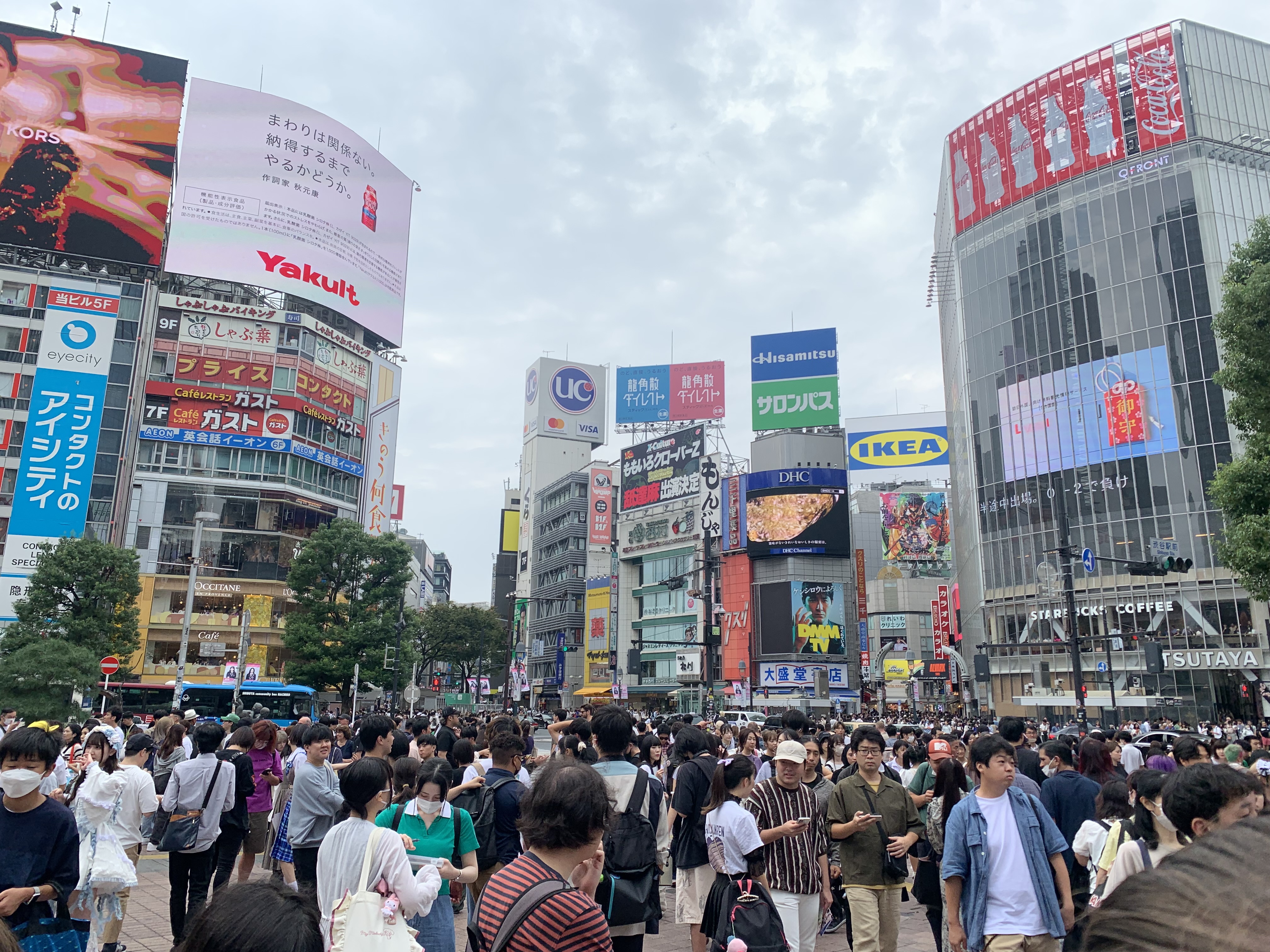36 hours in Tokyo & how we spent it
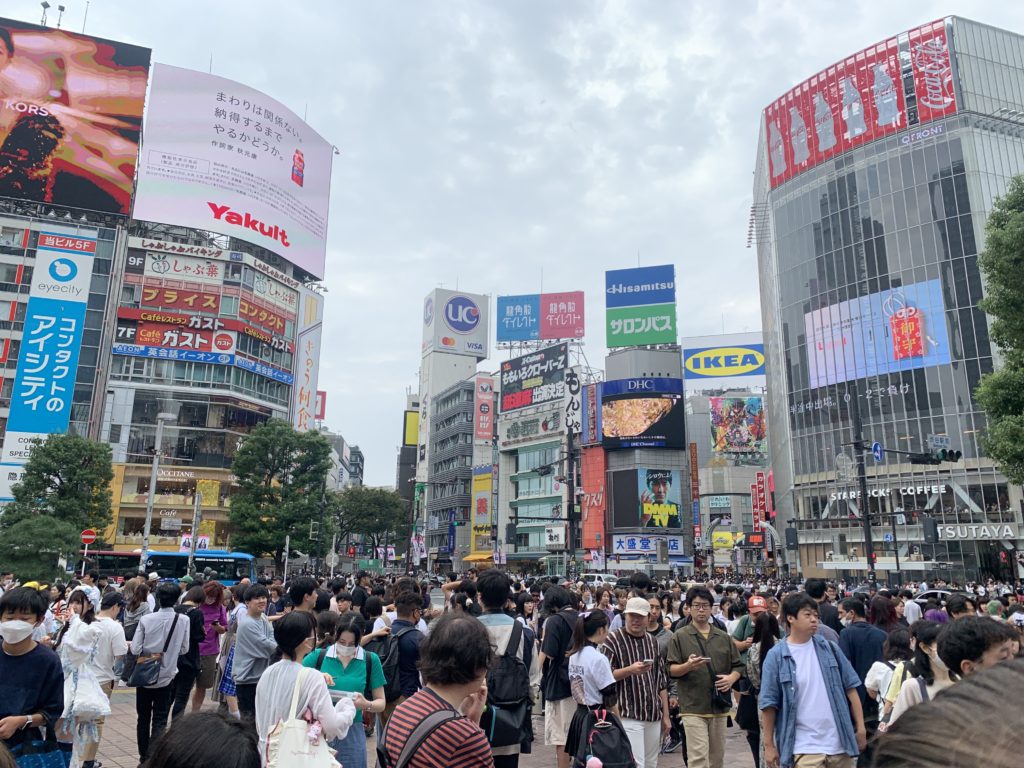
At the end of September, my friend and I set off for a weekend in Tokyo. To get there, I booked us overnight bus seats. It’s a cheaper, though lengthier and less scenic, convenient alternative to taking the Shinkansen (bullet train). We boarded at 11PM on Friday, and after a smooth and quiet ride, we arrived at 6:30AM at a bus stop in Tokyo’s Chuo ward.
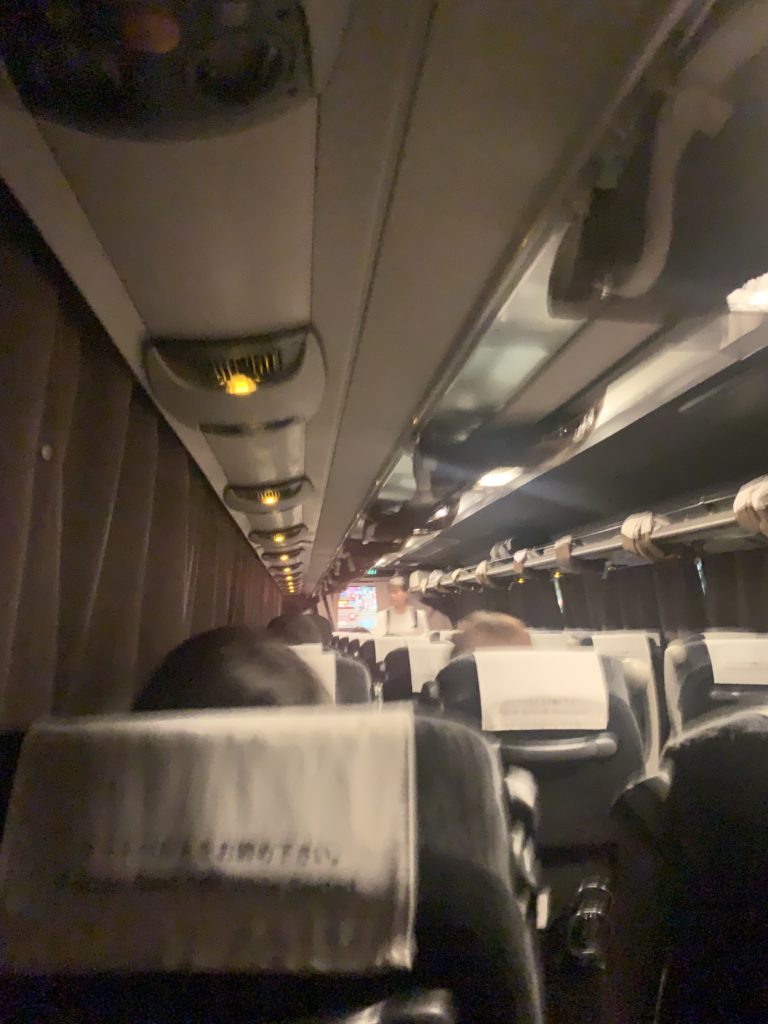

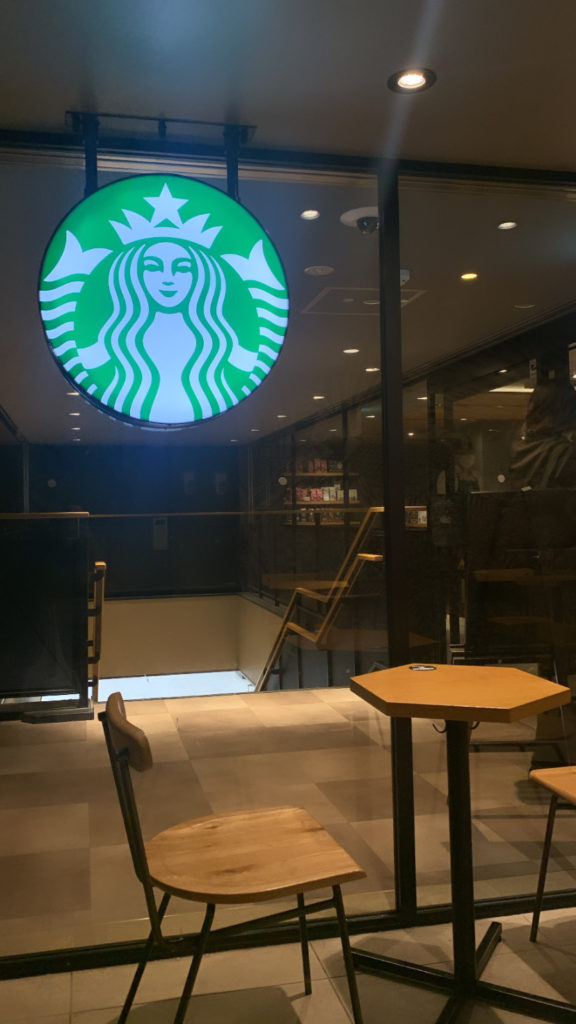
The first thing we did was park ourselves at Starbucks for breakfast. My friend got the Osatsu butter Frappuccino, a seasonal drink containing crushed sweet potato flakes and honey butter sauce. Afterwards, we quickly washed up, and then we were off!
Tokyo Skytree
The first place we went to was Tokyo Skytree. Tembo Deck stands at 350 meters and gives an incredible 360-degree view of the cityscape. On other floors, there’s shops and eateries, and even a viewing point 100 meters higher.


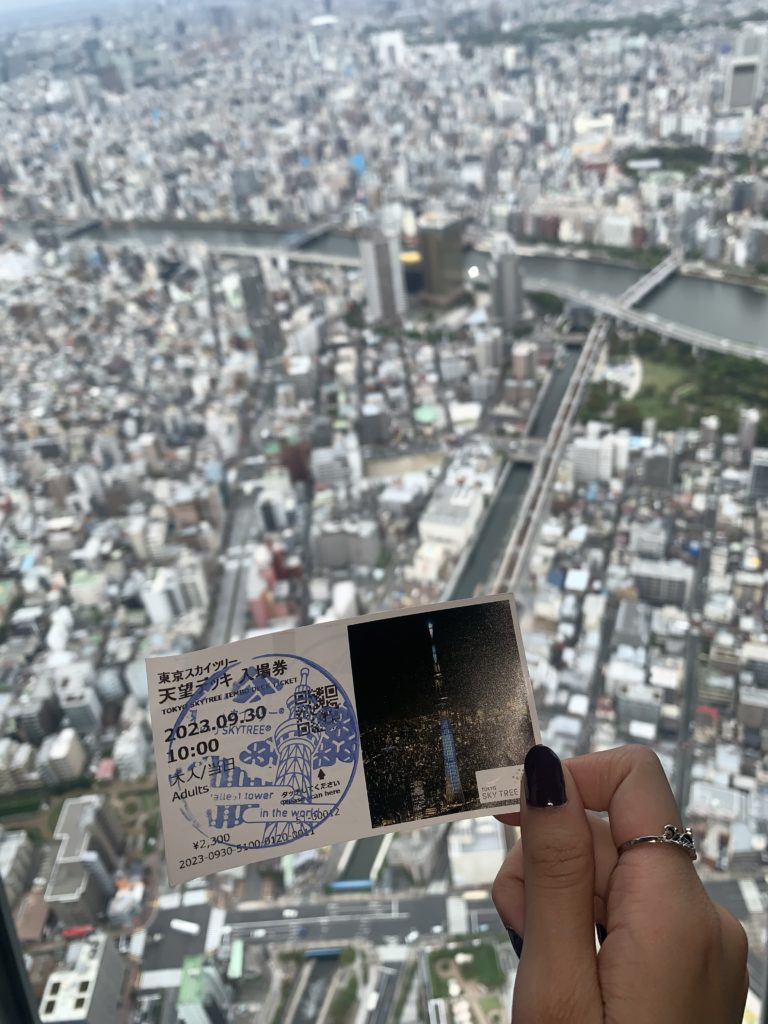
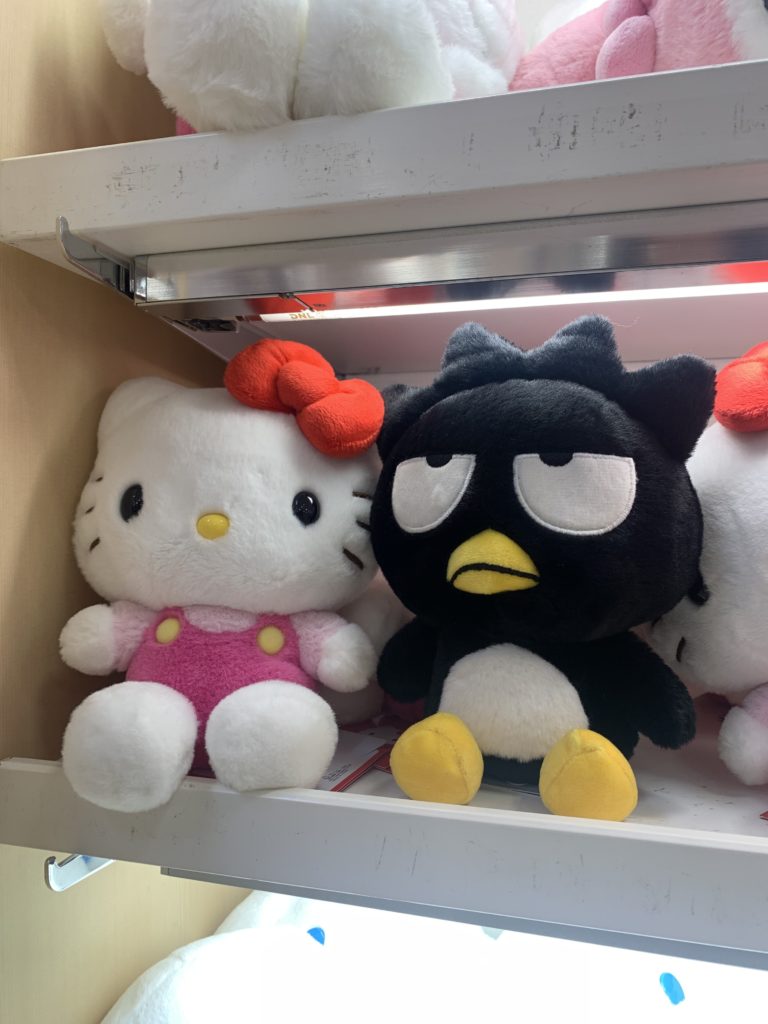
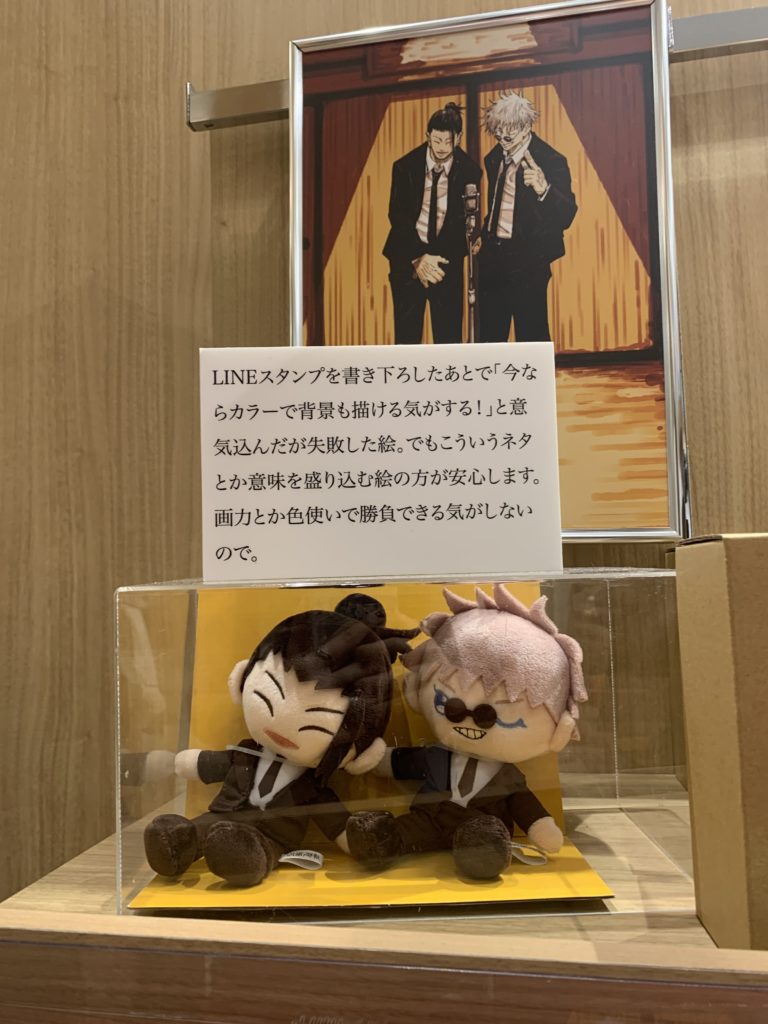
Akihabara
When we got to Akihabara, it was already 11AM, and we were getting hangry hungry, so we opted for a Japanese curry place by the station. We got our meal tickets and sat at one of the small booths until our order arrived. It wasn’t crowded, so the food came right away and we enjoyed the calm atmosphere as we refueled for the afternoon.
Akihabara is packed with electronics shops, arcades, and themed cafes to explore, but we managed to narrow down our options to a retro game store and a claw machine arcade. Claw machines are an easy way to empty your wallet, so after three or so failed attempts, I gave up and opted for watching everyone else’s attempts.

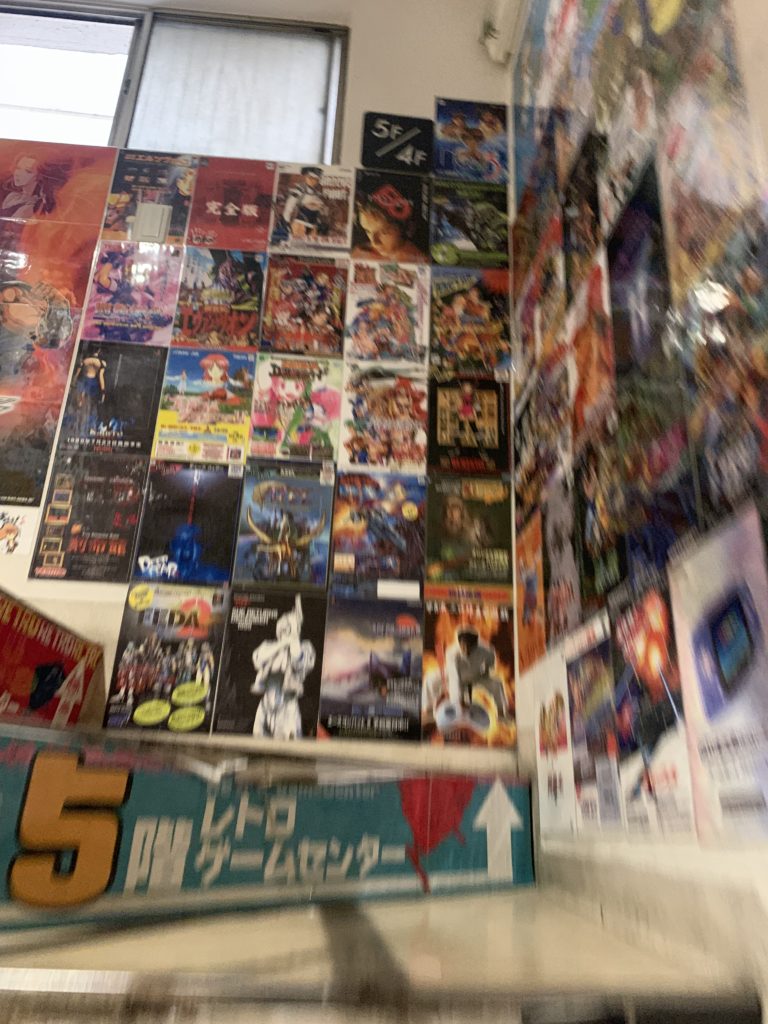
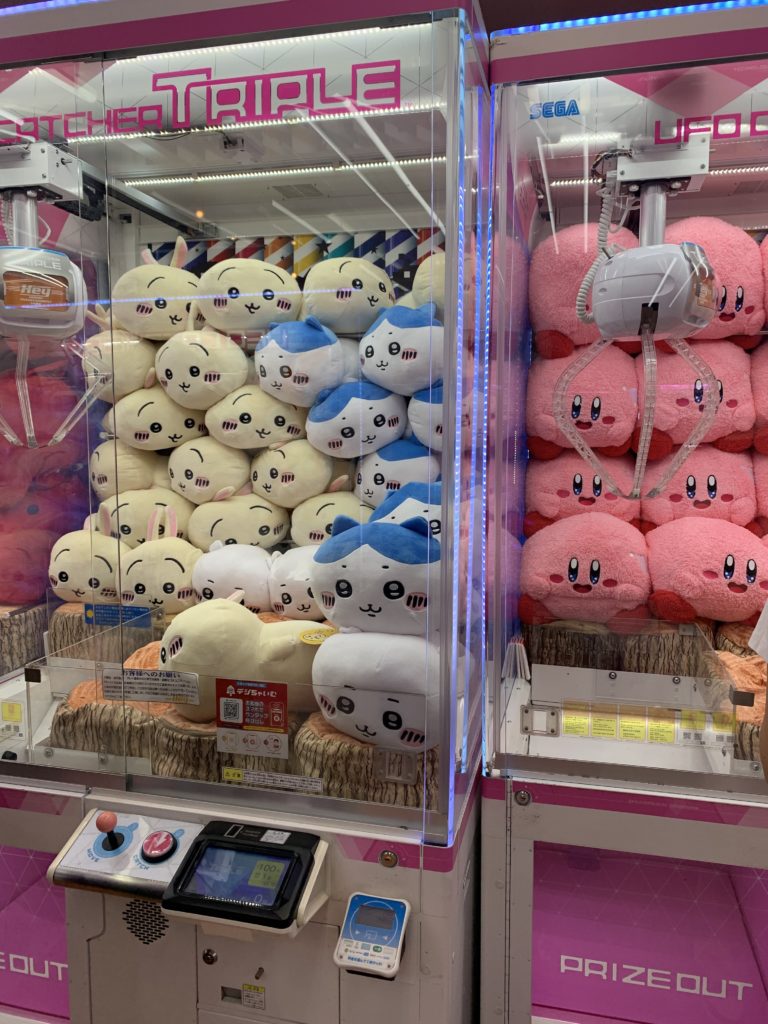
Harajuku
Between Shibuya and Shinjuku is Harajuku, known as the center for youth fashion. Takeshita street is, warning: full sensory overload due to how many people, shops, restaurants, and overall activity and noise there is. There’s many fashion subcultures seen in Harajuku, so it was fascinating to see how people were expressing themselves through fashion.
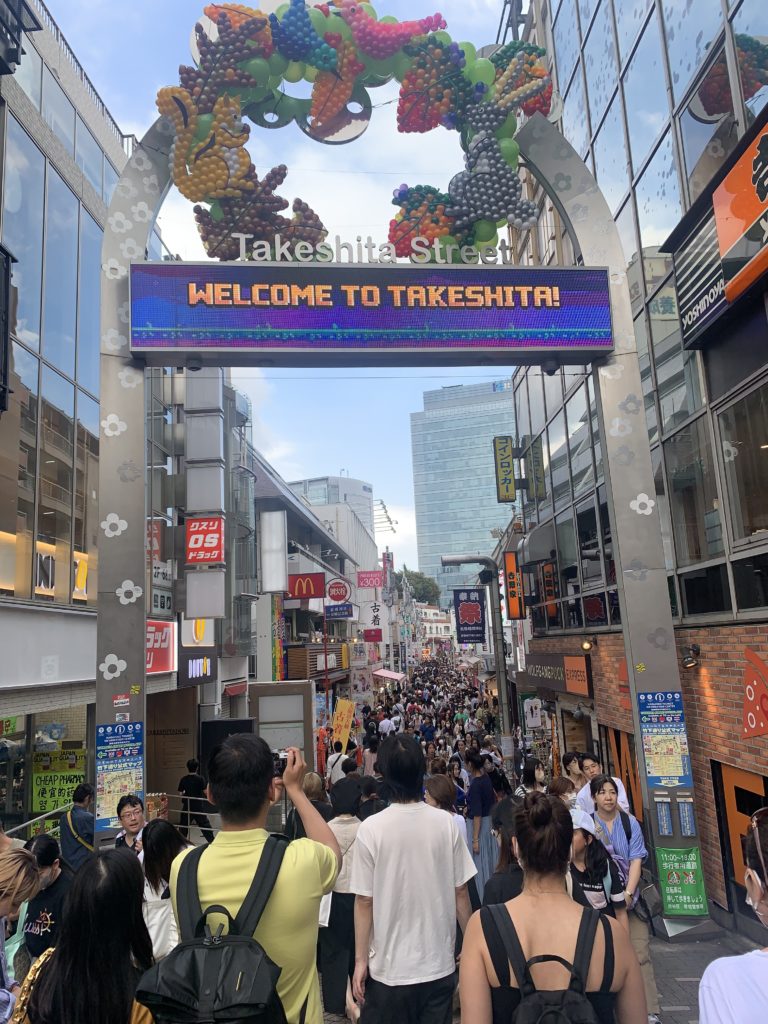

To end our afternoon, we headed to Meiji-jingu, an impressive historic Shinto shrine dedicated to the emperor and his wife of Japan’s Meiji era.
One thing to note about the shrine’s torii is that you are not meant to walk down the center, but instead on the sides; the center path is for the gods. When approaching torii, bow in front of it once before entering the sacred area. After, we lined up at the nearby water basin to rinse our hands and mouth, an act of purification before entering the main sanctuary.
Once we entered the courtyard, we lined up to pray. When it was my turn, I cast a 5 yen coin into the offertory box. Why 5 yen? The pronunciation for five yen is the same as the polite way of saying ‘good luck’, which conveys desire for good fortune. Afterwards, the routine is as follows: bow twice, clap twice, brief silent prayer, then bow once more before stepping back for the next person.
There are places on the grounds to purchase various amulets to bring luck or protection for various purposes, such as studying, soundness of the mind, or even finding a good partner. There are also places to write down one’s wishes.
In my Japanese Religions class we learned that Shintoism is less of an organized religion and more a way of life valuing things like nature and ancestry. There is no founder, no holy scriptures, no path to ‘convert’. While many Japanese identify as non-religious, many still go to Shinto shrines to pray or for Shichi-go-san. Additionally, Shintoism does not require people to follow only Shintoism. Japanese society is, for the most part, religiously pluralist, and even at an individual level, many practice multiple, not adhering to one religion over the other. These points are a stark contrast from what I see in the U.S., and it really made me stop and reflect.
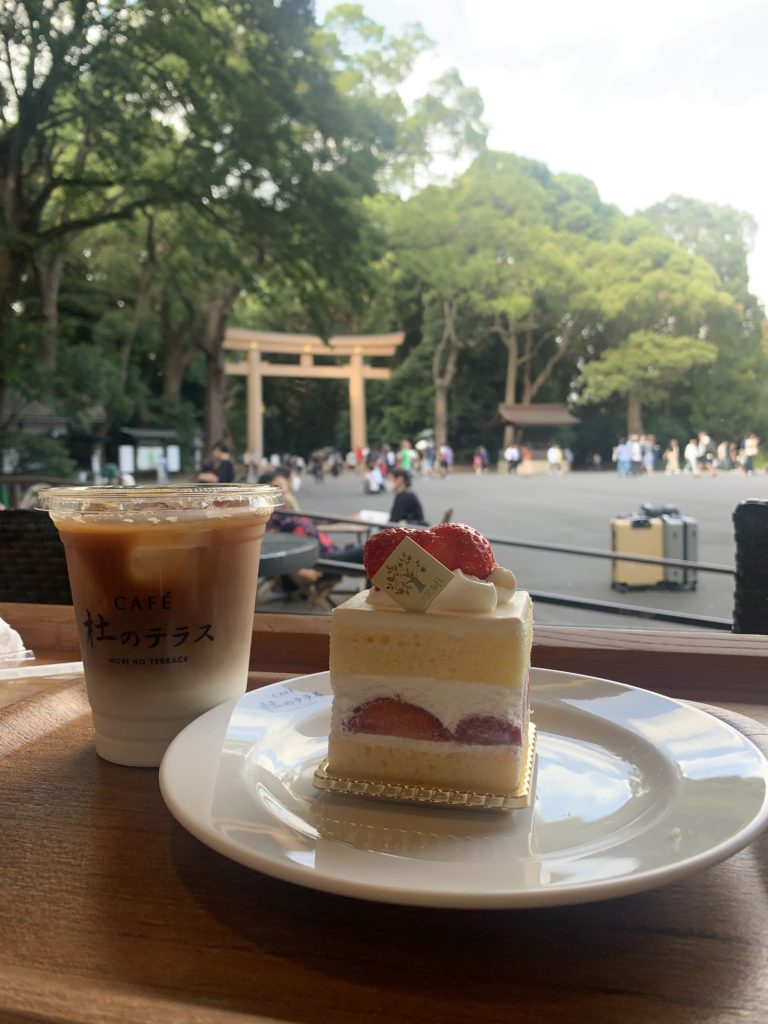

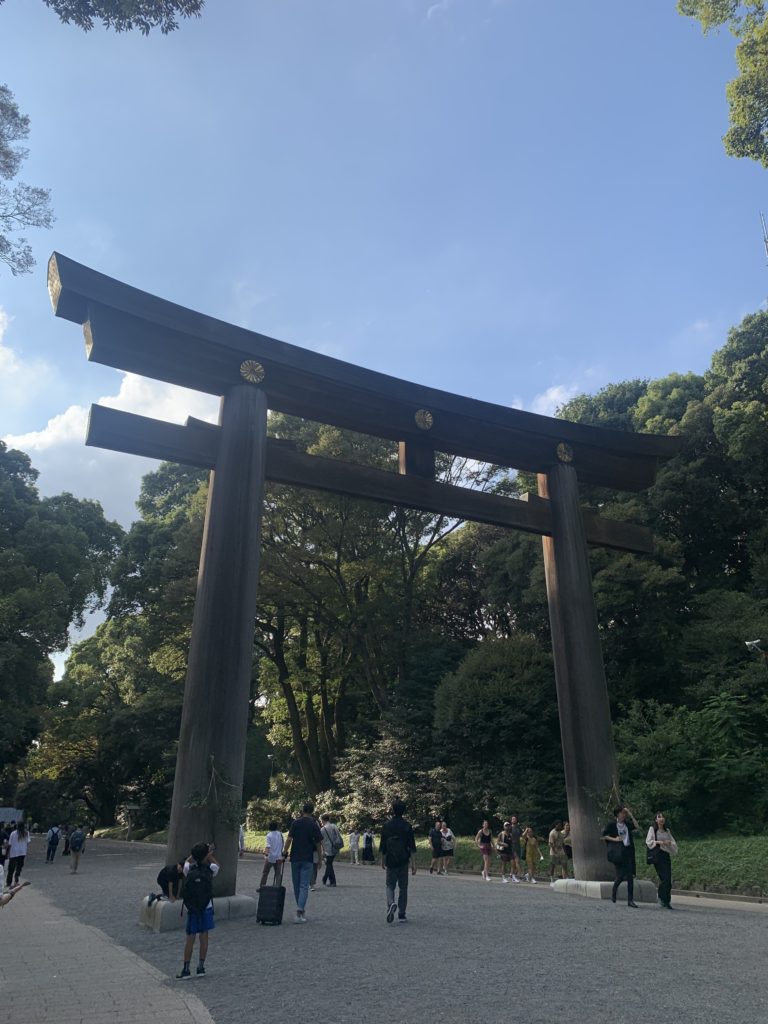
Ikebukuro
In the evening we met and reconnected with friends in Ikebukuro near our hotel for dinner! We had okonomiyaki, a savory pancake made with vegetables, meats, sauces, etc. and cooked on an iron griddle.

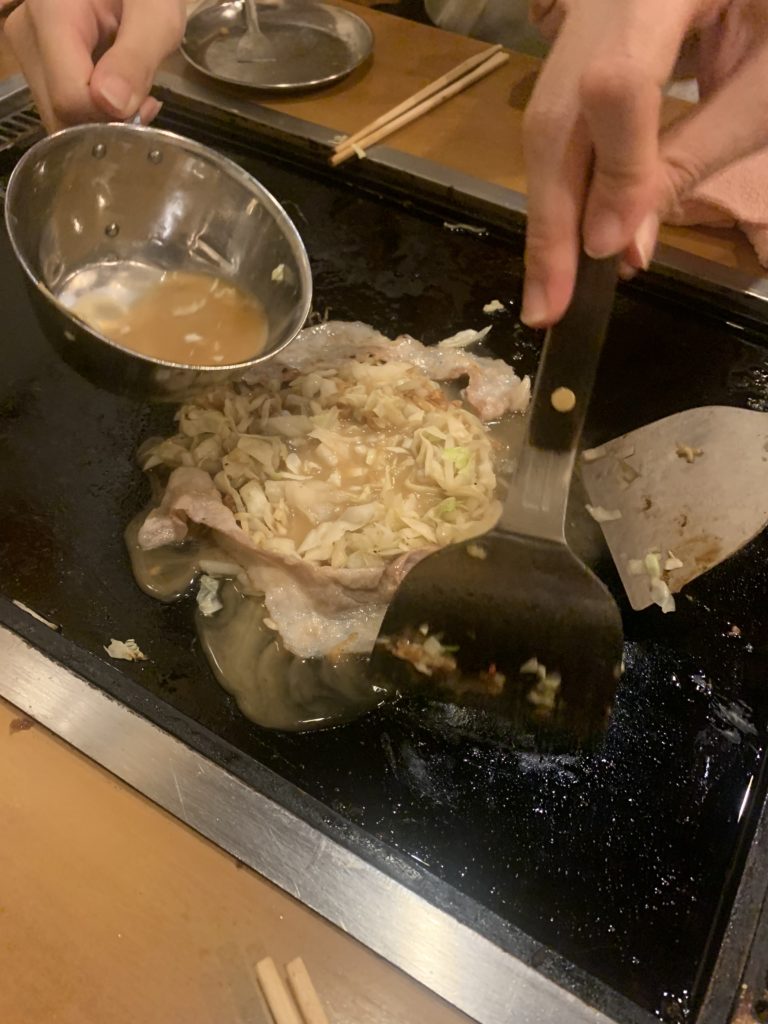

The following morning, we poked around the Animate Ikebukuro store and Sunshine City, a massive shopping mall.
Shibuya
Our last stop of the trip was Shibuya, where we spent the rest of the afternoon shopping and viewing popular attractions before heading home on the Shinkansen. It was a busy 36 hours, and we definitely made the most of it!

